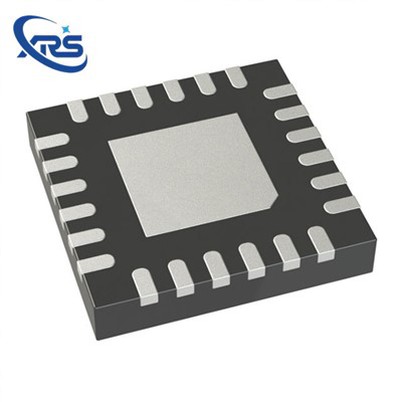The Difference Between CPU And Microprocessor
Leave a message
Cpus and microprocessors are the foundation of successful operating systems. They both perform indispensable computer tasks such as arithmetic, data processing, logic, and I/O operations, but the difference between a CPU and a microprocessor is not so black and white. Although some IT administrators can use cpus and microprocessors interchangeably, the reality is that most cpus are microprocessors, but not every microprocessor is a CPU.
In the early days of IT, cpus were the primary force of the system because they handled a variety of computer commands that were often complex and time-consuming. However, microprocessors became the answer to many complex tasks that cpus couldn't handle on a daily basis, such as image rendering and networking. In modern IT, cpus and microprocessors still perform many of the same tasks, but their functions are slightly different.
What is a CPU?
A processor or CPU is a logic circuit that responds to and processes basic instructions to drive a computer. The CPU is an integral part of system operation, as it is responsible for interpreting most computer commands, such as basic arithmetic, logic, and I/O processes. The CPU can also assign commands at will to other chips and components in the system.
Various elements in the CPU enable it to execute these computer commands, such as arithmetic logic units, floating point units, registers, and L1 and L2 caches. With the help of these components, the CPU can perform functions such as fetch, decode, and execute. In this three-part function, the extract step receives program memory instructions from the system's RAM, the decode step converts the instructions to understand which parts of the CPU are needed to proceed, and the execute step performs the action.
Most cpus in modern IT are multi-core processors, meaning that two or more processors are connected on an integrated circuit to help improve performance, reduce power consumption and support simultaneous processing of multiple computer tasks. In general, multi-core cpus are twice as powerful as single-core cpus.
What is a microprocessor?
A microprocessor, on the other hand, is also called a logic chip and is essentially a single-chip implementation of a CPU. The microprocessor contains all the functions of the CPU and can perform arithmetic and logical operations through registers. However, the functionality of a microprocessor differs from that of a CPU in some ways. For example, a microprocessor can add, subtract, compare, and obtain numbers in a system from one region to another.
When the administrator turns on the computer, the microprocessor receives the first instruction from the BIOS. From there, the microprocessor receives further instructions from the BIOS, which loads the OS or the application that drives the microprocessor into the computer's memory. In modern IT, most cpus tend to be microprocessors by default because of their ability to perform data movements, perform complex calculations, and increase system speed.
CPU and microprocessor
Because of the similarities between them, it is difficult to understand the differences between cpus and microprocessors. Many administrators can use cpus and microprocessors interchangeably, but the reality is that while cpus are essentially microprocessors, not all microprocessors are cpus.
For example, many systems rely on Gpus, which are microprocessors that specialize in rendering and managing images through optimized geometric operations. With parallel processing, Gpus can render images faster than cpus. In addition, there are neural processing units dedicated to accelerating machine learning algorithms. These types of microprocessors actually remove certain operations from the CPU, such as graphics and network processing, to improve CPU speed and performance.






